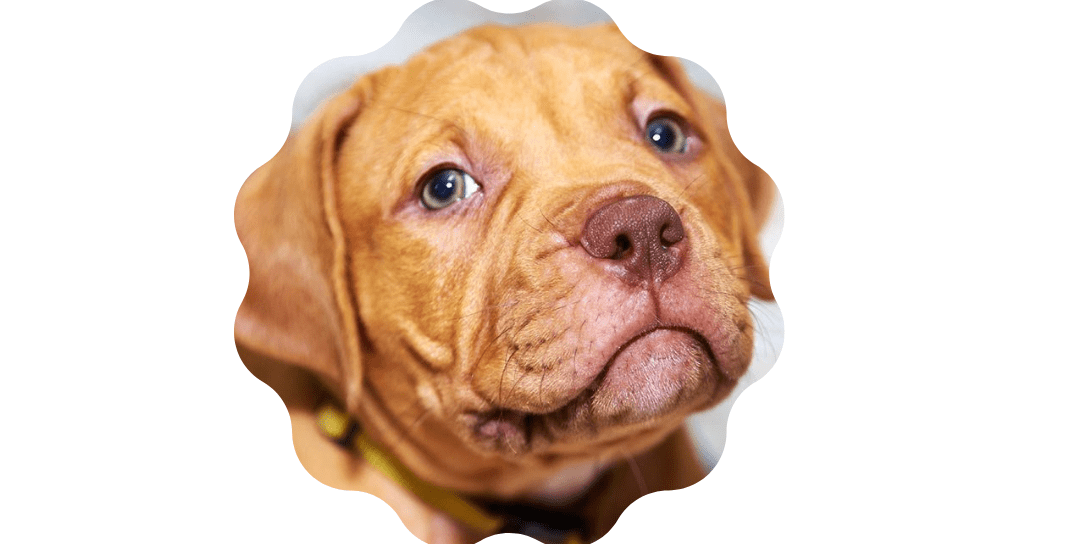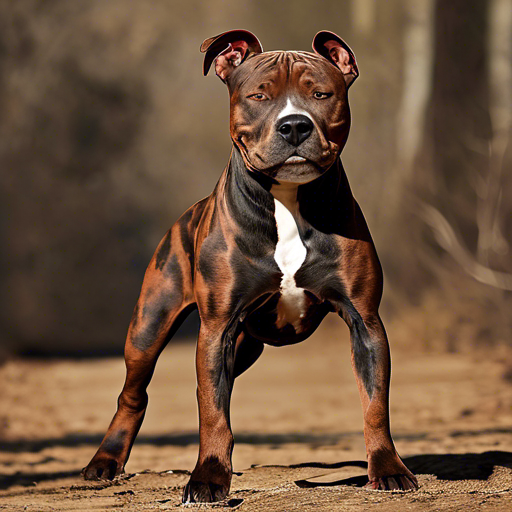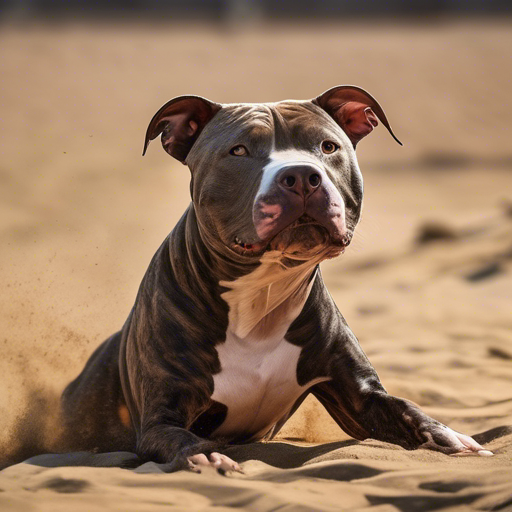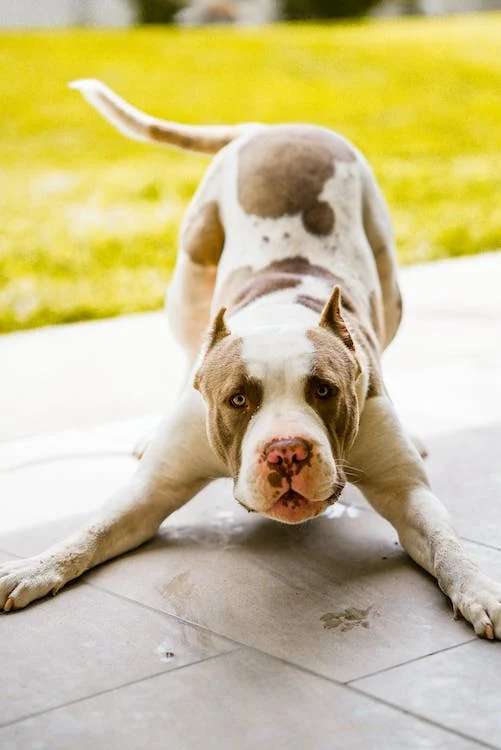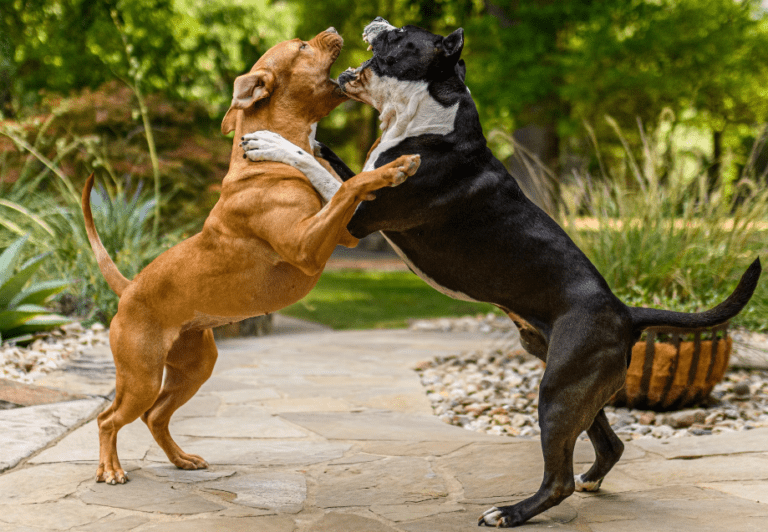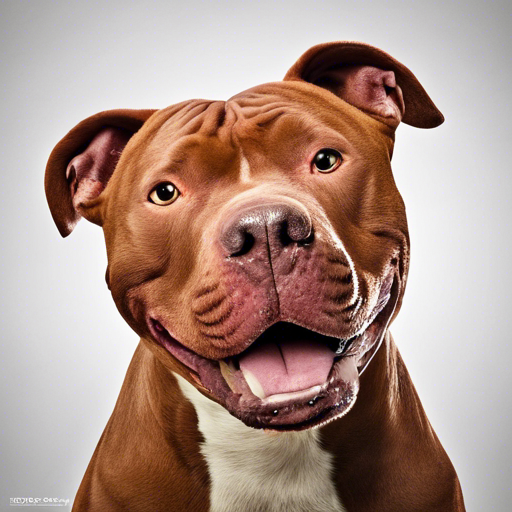Red Nose Pitbull Behavior: Tips for Owners
Red Nose Pitbull, known for their distinctive appearance and loyal nature, make wonderful companions for responsible owners. In this guide, we’ll delve into the world of Red Nose Pitbull behavior and explore effective tips for mastering it.
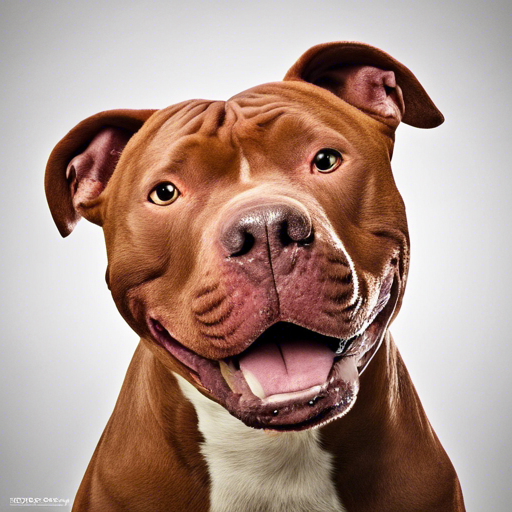
I. Introduction
A. Brief Overview of Red Nose Pitbull
Red Nose Pitbull are a unique breed known for their muscular build, distinctive red noses, and affectionate nature. Despite their often-misunderstood reputation, these dogs can be loving and loyal family members.
B. Importance of Understanding and Mastering Their Behavior
To ensure a harmonious relationship with your Red Nose Pitbull, it’s crucial to understand and master their behavior. This not only creates a positive living environment but also fosters a strong bond between you and your furry friend.
II. History and Background
A. Origin of Red Nose Pitbulls
Originally bred for various tasks, including bull-baiting and farm work, Red Nose Pitbulls have a rich history. Understanding their origins provides insights into their characteristics and instincts.
B. Characteristics and Traits
From their friendly demeanor to their intelligence, Red Nose Pitbulls exhibit unique traits that, when properly understood, contribute to a well-behaved and happy pet.
III. Understanding Red Nose Pitbull Behavior
A. Socialization Needs
Red Nose Pitbulls thrive on social interactions. Early and consistent socialization is key to preventing behavioral issues and ensuring they feel comfortable around various environments and people.
B. Training Requirements
Consistent and positive training methods help mold a Red Nose Pitbull into a well-behaved companion. Basic commands and positive reinforcement techniques are essential for obedience.
C. Common Behavior Issues
Addressing common behavior issues, such as jumping or excessive barking, requires patience and understanding. Identifying triggers and implementing corrective measures can lead to positive changes.
IV. Tips for Effective Training
A. Positive Reinforcement Techniques
Using positive reinforcement, such as treats and praise, encourages desired behaviors and strengthens the bond between you and your Pitbull.
B. Consistency in Commands
Consistency in commands helps your Red Nose Pitbull understand expectations. This clear communication fosters a sense of security for your pet.
C. Socializing with Other Dogs and People
Regular interactions with other dogs and people contribute to a well-rounded and socially adept Red Nose Pitbull. This exposure helps prevent aggression and fear-based behaviors.
V. Mental and Physical Stimulation
A. Importance of Exercise
Red Nose Pitbulls are energetic dogs that require ample exercise. Regular walks, playtime, and engaging activities help channel their energy positively.
B. Enrichment Activities
Stimulating your Pitbull’s mind with enrichment activities, such as puzzle toys and interactive games, prevents boredom and destructive behaviors.
C. Mental Stimulation Games
Incorporating mental stimulation games, like hide-and-seek or puzzle challenges, keeps your Red Nose Pitbull’s mind sharp and provides a healthy outlet for their intelligence.
VI. Nutrition and Health
A. Appropriate Diet for Red Nose Pitbulls
A well-balanced and nutritious diet is crucial for the overall health of your Red Nose Pitbull. Consult with your veterinarian to determine the best diet based on their age, weight, and health status.
B. Regular Veterinary Check-Ups
Routine veterinary check-ups are essential to monitor your Pitbull’s health and address any concerns promptly. Preventive care plays a vital role in ensuring a long and healthy life.
C. Common Health Concerns
Being aware of common health concerns specific to Red Nose Pitbulls, such as allergies or joint issues, allows for early detection and appropriate interventions.
VII. Building a Strong Bond
A. Spending Quality Time Together
Building a strong bond with your Red Nose Pitbull involves spending quality time together. Engage in activities that both you and your pet enjoy, fostering a sense of companionship.
B. Building Trust Through Positive Interactions
Trust is fundamental in any relationship. Positive interactions, including play and affection, contribute to building trust and a strong emotional connection with your Pitbull.
C. The Role of Affection in Behavior
Expressing affection is a crucial aspect of Red Nose Pitbull ownership. Regular displays of love and attention create a secure and happy environment for your furry friend.
VIII. Common Misconceptions
A. Debunking Myths About Red Nose Pitbulls
Addressing and debunking common myths about Red Nose Pitbulls helps dispel prejudices and misconceptions. Understanding the truth behind the breed contributes to responsible ownership.
B. Addressing Stereotypes and Prejudices
Educating others about Red Nose Pitbulls and challenging stereotypes is essential in promoting a positive image for the breed. Advocacy for responsible ownership can help change perceptions.
IX. Red Nose Pitbulls in Families
A. Interaction with Children
When properly trained and socialized, Red Nose Pitbulls can be excellent family dogs. Teaching children how to interact safely and respectfully with the dog is crucial for a harmonious household.
B. Creating a Safe Environment
Creating a safe environment involves setting boundaries and providing a secure space for your Pitbull. This ensures a stress-free living environment for both your family and your pet.
C. Training for Family-Friendly Behavior
Implementing specific training for family-friendly behavior, such as not jumping on furniture or respecting personal space, enhances the overall family dynamic.
X. Responsible Ownership
A. Legal Considerations
Understanding and complying with local laws and regulations regarding Pitbull ownership is crucial. Responsible ownership includes being aware of breed-specific legislation in your area.
B. Importance of Spaying/Neutering
Spaying or neutering your Red Nose Pitbull not only prevents unwanted litters but also contributes to their overall health and behavior. Discuss the appropriate timing with your veterinarian.
C. Creating a Safe and Secure Home Environment
A safe and secure home environment involves proper containment and supervision. Fenced yards and secure leashes are essential for preventing accidents and ensuring the safety of your Pitbull.
XI. Addressing Aggressive Behavior
A. Recognizing Signs of Aggression
Understanding and recognizing signs of aggression in your Pitbull is crucial for proactive intervention. Early detection allows for appropriate measures to be taken to address the underlying causes.
B. Steps to Manage and Correct Aggressive Behavior
Implementing positive reinforcement and professional training can effectively manage and correct aggressive behavior. Seek the guidance of a certified dog trainer if needed.
C. Seeking Professional Help If Needed
If aggression persists or escalates, seeking the assistance of a professional dog behaviorist or trainer is essential. Professional guidance ensures the safety of both your Pitbull and those around them.
XII. Community Engagement
A. Participating in Local Dog Events
Engaging with the local community through dog events provides opportunities for socialization and positive interactions. It also helps in breaking stereotypes about Red Nose Pitbulls.
B. Advocating for Responsible Ownership
Being an advocate for responsible Pitbull ownership involves educating others, dispelling myths, and promoting positive interactions. Play an active role in changing perceptions within your community.
C. Building a Positive Image for the Breed
Through responsible ownership, positive interactions, and community engagement, contribute to building a positive image for Red Nose Pitbulls. Showcase the breed’s true nature and dispel negative stereotypes.
XIII. Success Stories
A. Showcasing Well-Behaved Red Nose Pitbulls
Sharing success stories of well-behaved Red Nose Pitbulls highlights the positive aspects of the breed. These stories serve as inspiration for other owners and help change public perception.
B. Testimonials from Satisfied Owners
Real testimonials from satisfied Red Nose Pitbull owners provide authentic insights into the joys of having these dogs as companions. Positive experiences contribute to a more positive image of the breed.
XIV. Conclusion
A. Recap of Key Points
Mastering Red Nose Pitbull behavior involves understanding their history, meeting their training needs, and fostering a strong bond through positive interactions.
B. Encouragement for Responsible Ownership
Encouraging responsible ownership not only benefits individual owners but also contributes to changing perceptions about Red Nose Pitbulls on a broader scale.
XV. FAQs
A. How Can I Socialize My Red Nose Pitbull Effectively?
Socializing your Red Nose Pitbull involves gradual exposure to various environments, people, and other dogs. Start early and use positive reinforcement for positive experiences.
B. What Is the Ideal Diet for a Red Nose Pitbull?
The ideal diet for a Red Nose Pitbull includes high-quality dog food with a balanced mix of protein, fats, and carbohydrates. Consult your veterinarian for personalized dietary recommendations.
C. How Can I Address Aggressive Behavior in My Pitbull?
Addressing aggressive behavior requires identifying triggers and implementing positive reinforcement. Seeking professional help may be necessary for complex cases.
D. Are Red Nose Pitbulls Good with Children?
When properly trained and socialized, Red Nose Pitbulls can be excellent with children. Always supervise interactions and teach children how to interact safely with the dog.
E. What Are the Common Misconceptions About This Breed?
Common misconceptions include associating Red Nose Pitbulls with aggression and danger. Education and positive experiences help dispel these myths.
